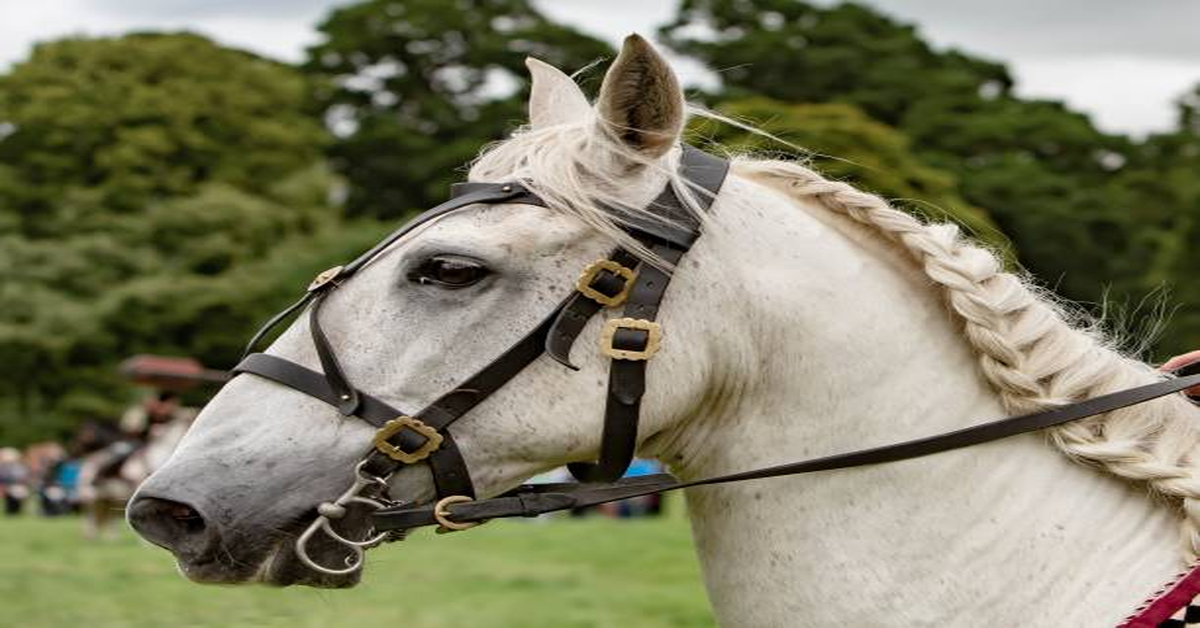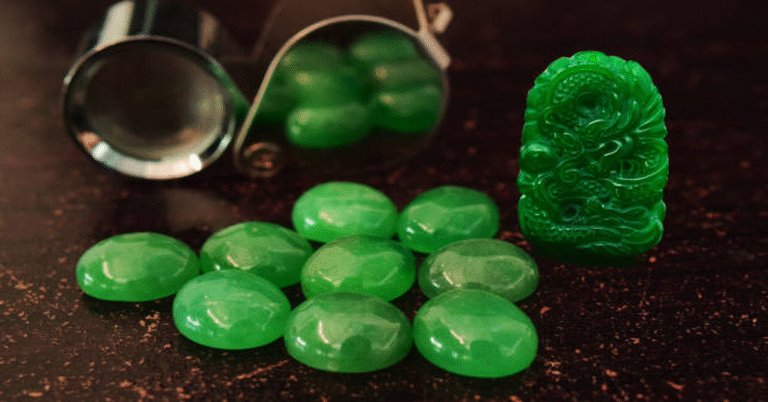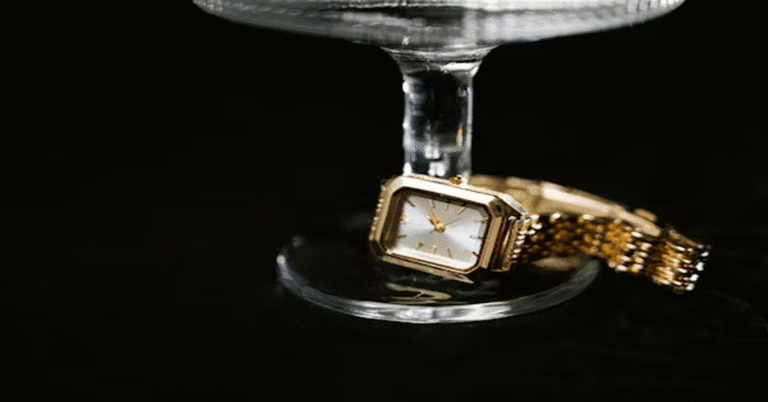
Equestrian traditions are rich with equipment designed to ensure both communication and safety between rider and horse. Among all the tools, the bridle holds a special significance. It is far more than a piece of tack; it is the primary means by which riders guide, control, and converse with their horses. The design of the bridle, its parts, the way it is fitted, and the variations used across different disciplines all reflect centuries of evolution in horse training and riding culture.
In this comprehensive guide, we will explore the bridle in depth—its history, anatomy, different types, the role it plays in horse welfare, and how to maintain it. We will also discuss cultural significance, training impacts, and practical guidance for horse owners and riders.
The Historical Origins of the Bridle
The bridle has an ancient lineage, stretching back thousands of years. Early bridles were made from natural fibers, rawhide, and leather, reflecting the materials available to early horsemen. Evidence of bridles has been found in Mesopotamian and Egyptian artifacts, showing that even the earliest riders understood the importance of controlling a horse’s head and mouth for effective guidance.
As equestrian practices evolved across Europe, Asia, and the Middle East, bridles became more sophisticated. The invention of the bit—inserted into the horse’s mouth—revolutionized control, allowing subtle hand movements to be translated into direct communication. Knights, cavalry units, and nomadic horse cultures each developed bridles suited to their needs, influencing design traditions that remain in modern tack.
Anatomy of a Bridle
Understanding the parts of a bridle is crucial for riders of all levels. Each component plays a distinct role in comfort, communication, and performance.
Key Parts of a Bridle
| Part | Description |
|---|---|
| Crownpiece | The top strap that rests behind the horse’s ears, holding the bridle together. |
| Browband | Horizontal strap across the forehead, preventing the bridle from sliding back. |
| Cheekpieces | Straps attaching to the bit, running down the horse’s cheeks. |
| Throatlatch | Strap under the throat, keeping the bridle secure. |
| Noseband | Strap encircling the nose, aiding in control and bit stabilization. |
| Reins | Straps held by the rider, connecting to the bit for communication. |
| Bit | Metal or synthetic piece in the mouth, translating rein pressure into cues. |
Every rider should be able to identify and correctly adjust these parts, as improper fitting can lead to discomfort or resistance from the horse.
Types of Bridles
Bridles vary widely across equestrian disciplines and purposes. Choosing the right type depends on riding style, horse training level, and desired communication.
1. Snaffle Bridle
The most common and beginner-friendly bridle, it uses a single bit and simple rein connection. Ideal for training young horses and everyday riding.
2. Double Bridle
Used in advanced dressage, this bridle has two bits (snaffle and curb) and two sets of reins. It allows highly refined communication but requires skilled handling.
3. Western Bridle
Characterized by a simpler design without a noseband, often decorated with silver or tooling. Popular in Western riding disciplines like reining and roping.
4. Bitless Bridle
Operates without a bit, applying pressure to the horse’s nose, chin, and poll instead. Favored by riders who prioritize natural horsemanship or horses with mouth sensitivity.
5. Hackamore
A type of bitless bridle that uses leverage on the nose and chin. It can be gentle or strong depending on design and rider hands.
6. Bridle for Racing
Lightweight, streamlined bridles designed for racehorses. Often equipped with specialized nosebands and blinkers.
Table – Types of Bridles and Their Uses
| Bridle Type | Primary Use | Skill Level Needed | Common Discipline |
|---|---|---|---|
| Snaffle | Training, general riding | Beginner–Advanced | Dressage, jumping, leisure |
| Double | Refined control | Advanced | High-level dressage |
| Western | Utility, style, performance | Beginner–Advanced | Rodeo, reining, pleasure |
| Bitless | Gentle communication | Beginner–Advanced | Trail, natural horsemanship |
| Hackamore | Pressure without a bit | Intermediate | Endurance, Western |
| Racing Bridle | Lightweight speed control | Advanced handlers | Horse racing |
The Role of the Bridle in Communication
A bridle is not a tool of force; it is a communication system. When properly fitted and gently used, it transmits subtle cues from the rider’s hands to the horse’s head and mouth. Horses are incredibly sensitive, capable of feeling the lightest pressure. Thus, the reins act as a direct link in the conversation between horse and rider.
The quality of communication depends on:
- Fit: A bridle that pinches or slips can confuse or hurt the horse.
- Bit choice: Different bits apply pressure in unique ways, requiring thoughtful selection.
- Rider skill: Heavy or harsh hands can cause pain, while skilled hands create harmony.
Materials Used in Bridle Construction
Bridles today come in a variety of materials, each with its pros and cons.
| Material | Pros | Cons |
|---|---|---|
| Leather | Traditional, durable, elegant | Requires regular care, can be expensive |
| Synthetic | Lightweight, easy to clean, affordable | Less traditional, may wear faster |
| Biothane | Waterproof, strong, low maintenance | Less flexibility than leather |
| Rope | Natural feel, used in bitless styles | Not suited for all disciplines |
Most competitive riders still prefer high-quality leather for its longevity and classic appearance, but synthetic bridles are increasingly popular for casual and outdoor riders.
Proper Fitting of a Bridle
Fitting is critical for horse comfort and effectiveness.
- Crownpiece: Should sit comfortably behind the ears, not pressing too tightly.
- Browband: Must lie flat without pinching ears or sliding down.
- Cheekpieces: Adjust so the bit rests with one or two small wrinkles at the corners of the mouth.
- Noseband: Should allow two fingers between the strap and horse’s nose for comfort.
- Throatlatch: Leave space for about four fingers to prevent restriction.
Incorrectly fitted bridles can lead to resistance, head tossing, or even long-term mouth injuries.
Maintenance and Care of Bridles
A bridle is an investment, and proper care extends its life while ensuring safety.
- Cleaning: Leather bridles should be wiped down after every ride and deep cleaned weekly with saddle soap.
- Conditioning: Use leather conditioner to keep straps supple and prevent cracking.
- Inspection: Regularly check stitching, buckles, and straps for wear.
- Storage: Hang bridles in a cool, dry tack room, away from direct sunlight.
- Synthetic Care: Synthetic and biothane bridles only need rinsing and occasional disinfecting.
The Bridle in Training and Performance
In equestrian training, the bridle becomes both a learning aid for the horse and a responsibility for the rider. Young horses are usually started in simple snaffle bridles, where they first learn the meaning of rein pressure. As training advances, different bridles may be introduced based on discipline.
- Dressage: Focus on refined contact and acceptance of the bit.
- Jumping: Secure bridles with nosebands help stabilize bits during jumps.
- Western Riding: Often bitless or with curb bits, emphasizing neck reining.
- Racing: Lightweight bridles designed for speed and minimal resistance.
Cultural and Symbolic Importance of the Bridle
Beyond practicality, bridles hold cultural meaning. Decorated bridles in parades, traditional leatherwork in Western shows, and ceremonial tack all show the artistry associated with equestrian culture. In many societies, the bridle symbolizes mastery, partnership, and the bond between human and horse.
The Future of Bridles
With advances in equine science and humane training, bridles are evolving. We see innovations like ergonomic nosebands, pressure-distribution designs, and smart bridles with sensors that monitor rein pressure. The emphasis is shifting toward horse comfort, ethical training, and reducing misuse of traditional tack.
Conclusion
The bridle is more than straps and buckles—it is a bridge between human intention and equine response. Its evolution reflects centuries of horsemanship, its anatomy reveals delicate balance, and its types showcase diversity in equestrian disciplines. Riders who understand the bridle not only improve their control but also honor the welfare of their horses. By choosing, fitting, and maintaining bridles thoughtfully, we ensure that this timeless piece of tack continues to serve as a symbol of partnership, skill, and respect in the world of horses.
FAQs
1. What is the main purpose of a bridle?
A bridle is used to guide and control a horse by transmitting rein signals to the head and mouth.
2. Which type of bridle is best for beginners?
A simple snaffle bridle is ideal for beginners because it is gentle, straightforward, and easy to fit.
3. Can a horse be ridden without a bit?
Yes, bitless bridles and hackamores allow control without a bit, relying on nose, chin, and poll pressure instead.
4. How often should a leather bridle be cleaned?
Light cleaning after each ride and deep cleaning weekly is recommended for longevity and horse comfort.
5. What problems can an ill-fitted bridle cause?
An improperly fitted bridle can cause discomfort, resistance, mouth sores, head shaking, and long-term behavioral issues.






